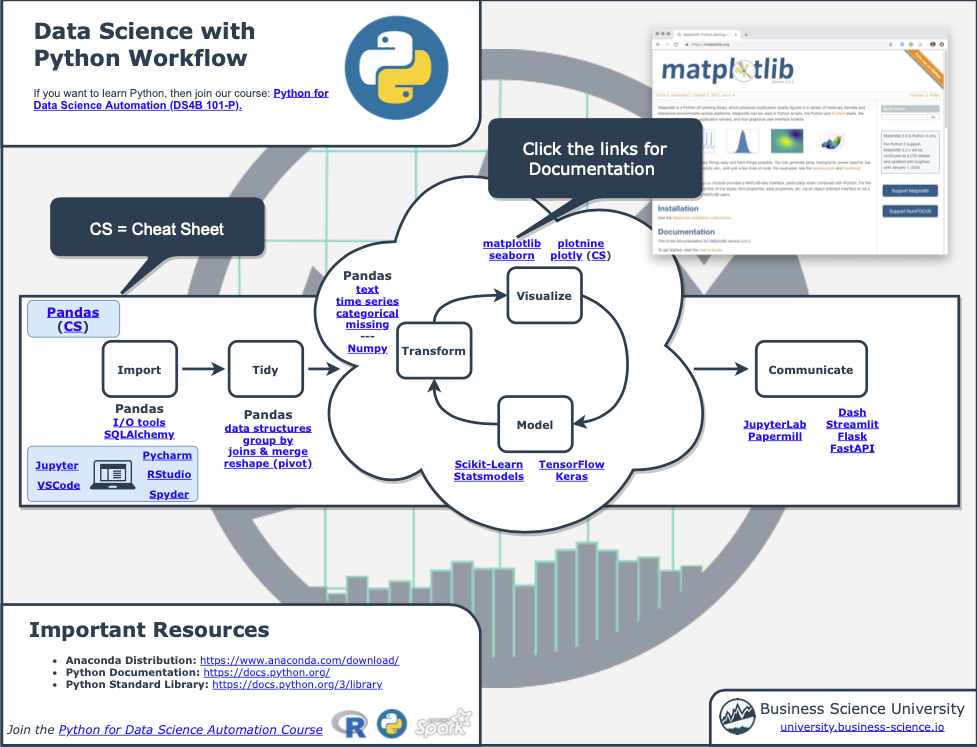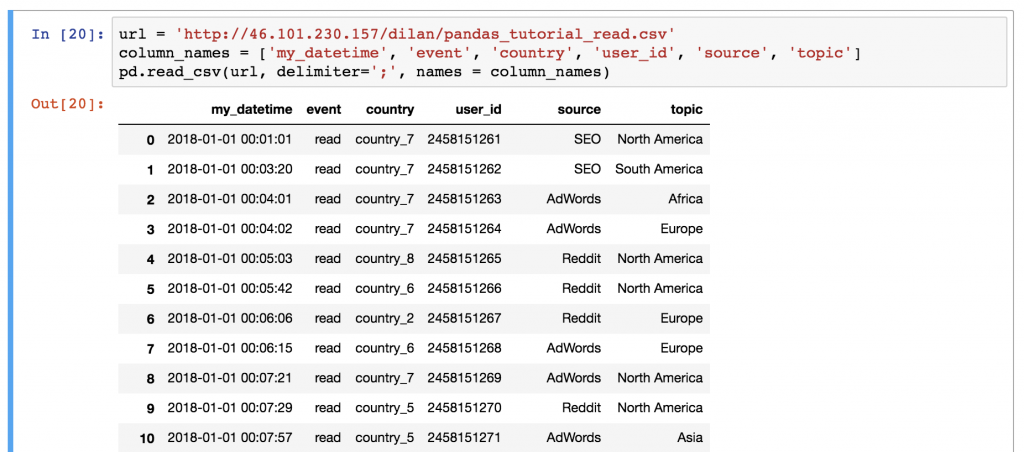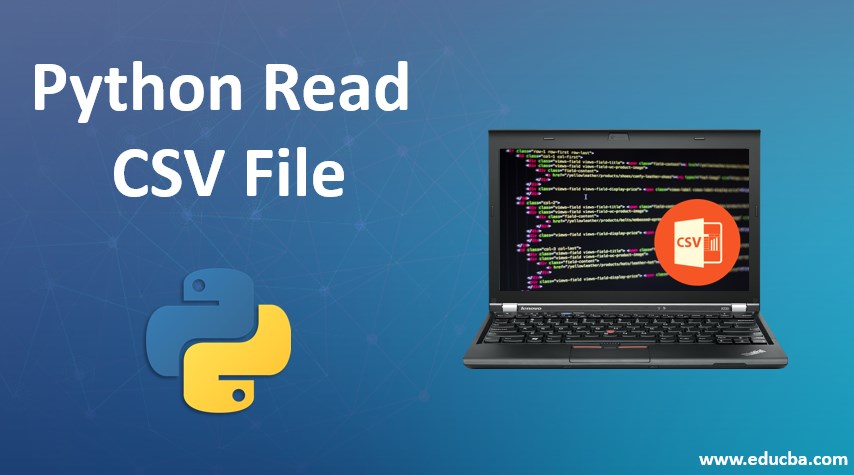
Explore the wilderness of read multiple csv files from s3 python - catalog library with extensive collections of breathtaking nature photographs. showcasing the wild beauty of photography, images, and pictures. designed to promote environmental awareness. Each read multiple csv files from s3 python - catalog library image is carefully selected for superior visual impact and professional quality. Suitable for various applications including web design, social media, personal projects, and digital content creation All read multiple csv files from s3 python - catalog library images are available in high resolution with professional-grade quality, optimized for both digital and print applications, and include comprehensive metadata for easy organization and usage. Discover the perfect read multiple csv files from s3 python - catalog library images to enhance your visual communication needs. Multiple resolution options ensure optimal performance across different platforms and applications. Our read multiple csv files from s3 python - catalog library database continuously expands with fresh, relevant content from skilled photographers. Instant download capabilities enable immediate access to chosen read multiple csv files from s3 python - catalog library images. Diverse style options within the read multiple csv files from s3 python - catalog library collection suit various aesthetic preferences. Comprehensive tagging systems facilitate quick discovery of relevant read multiple csv files from s3 python - catalog library content.
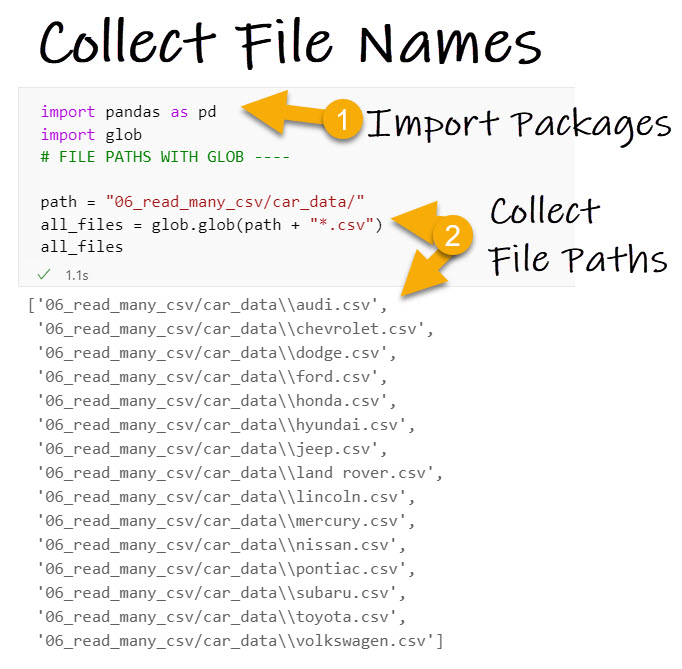
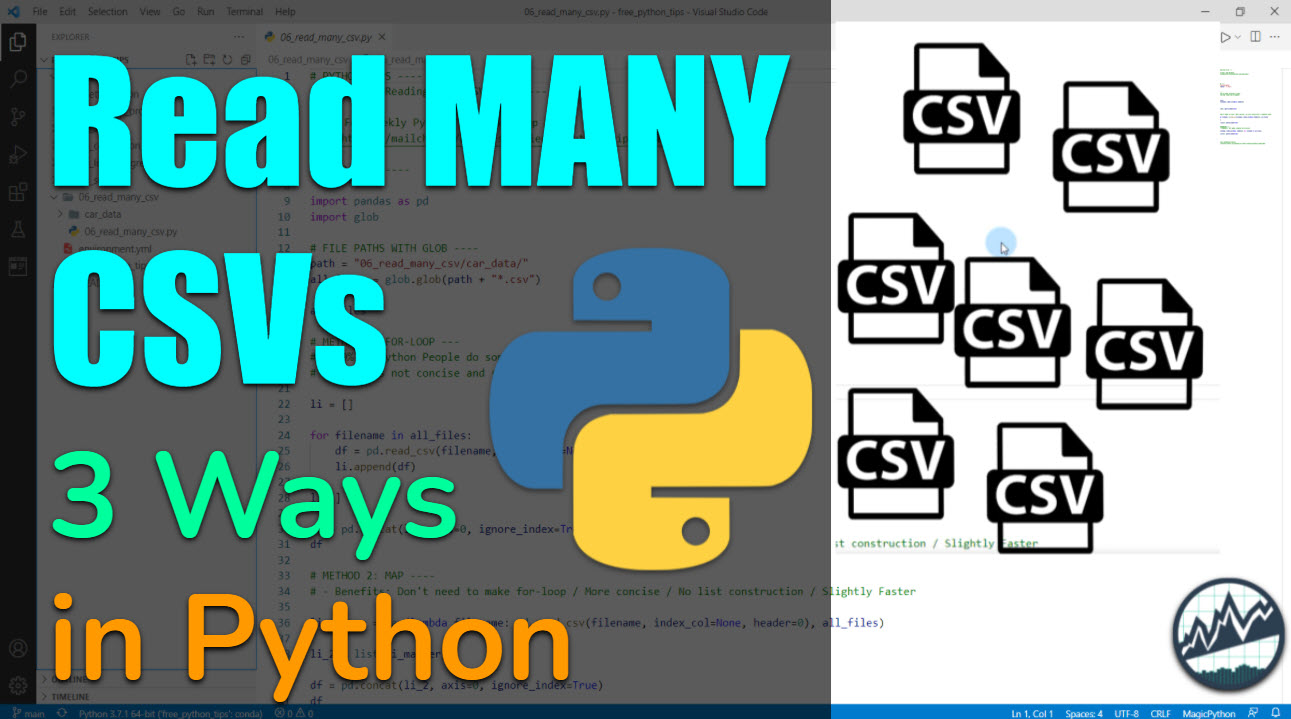




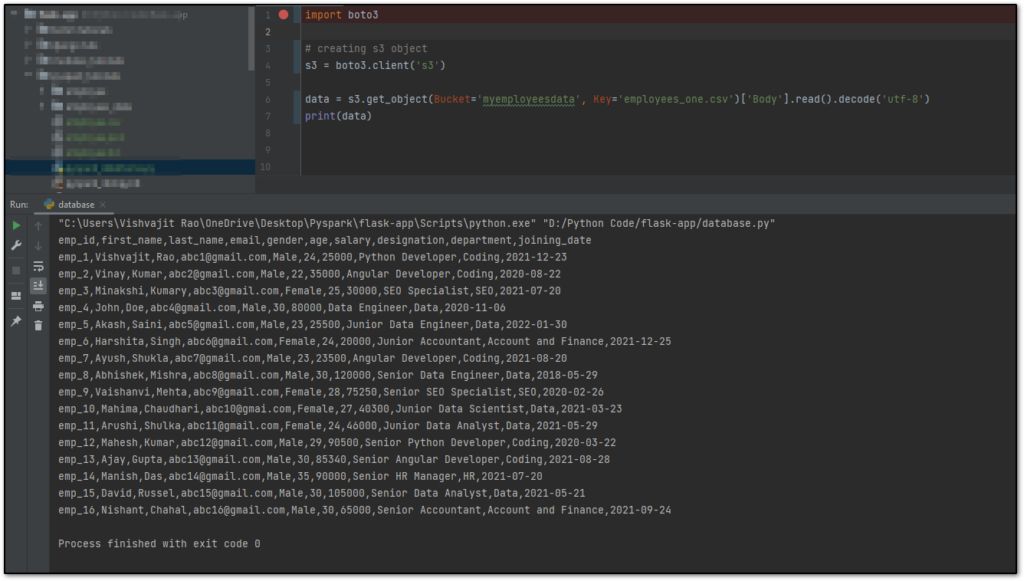


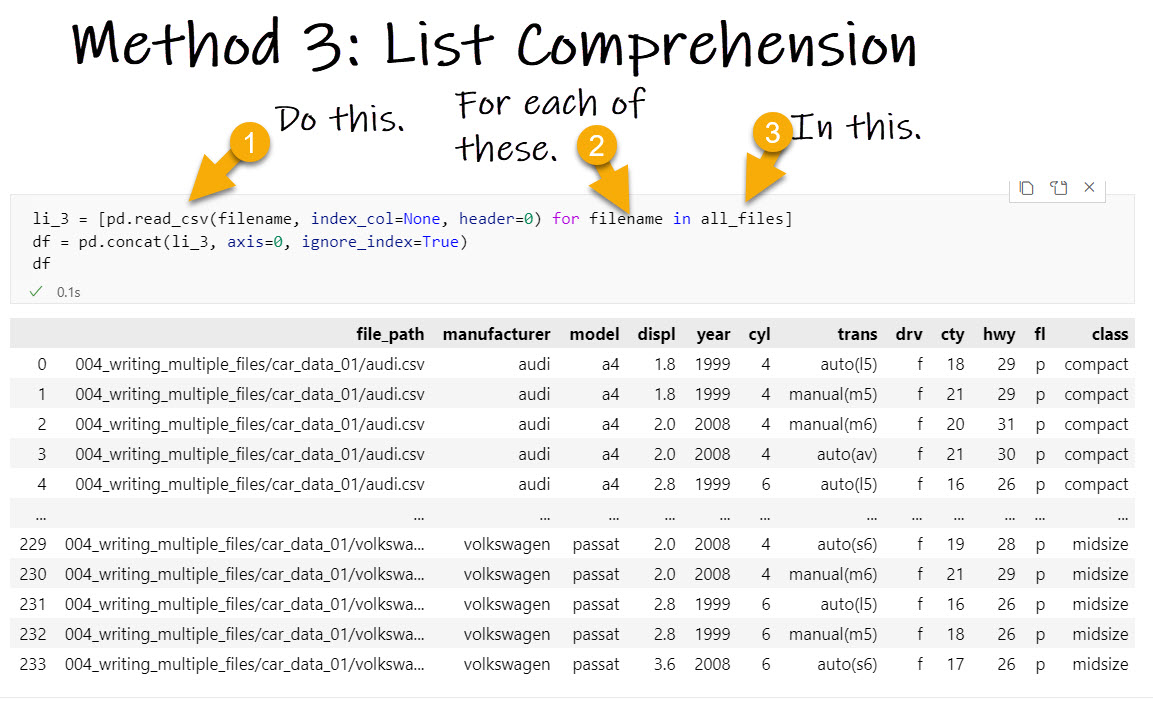

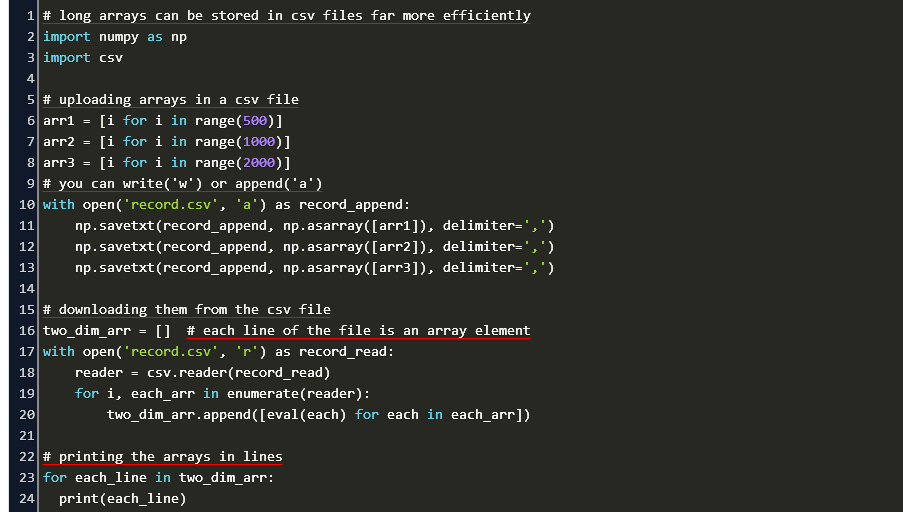
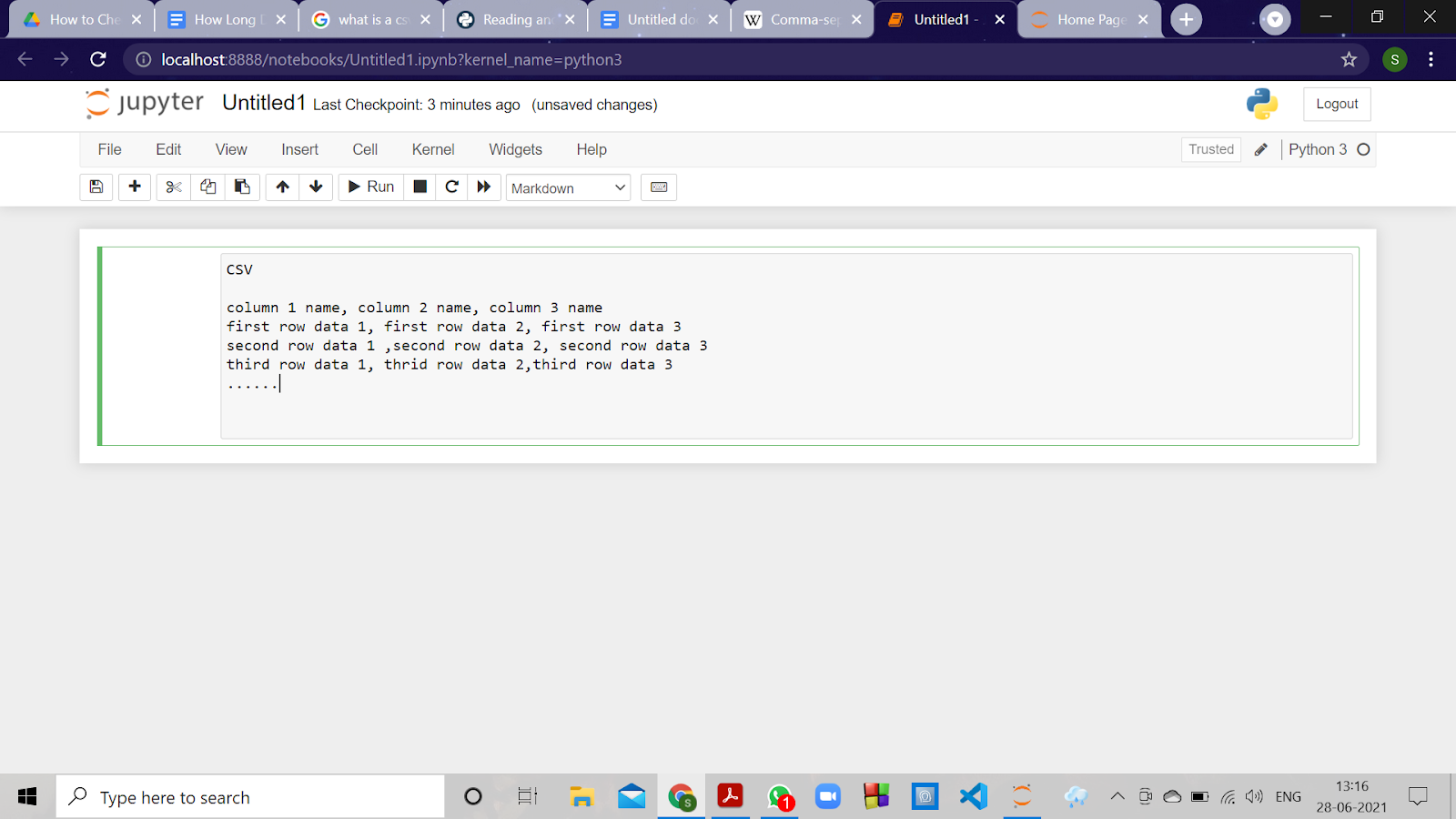
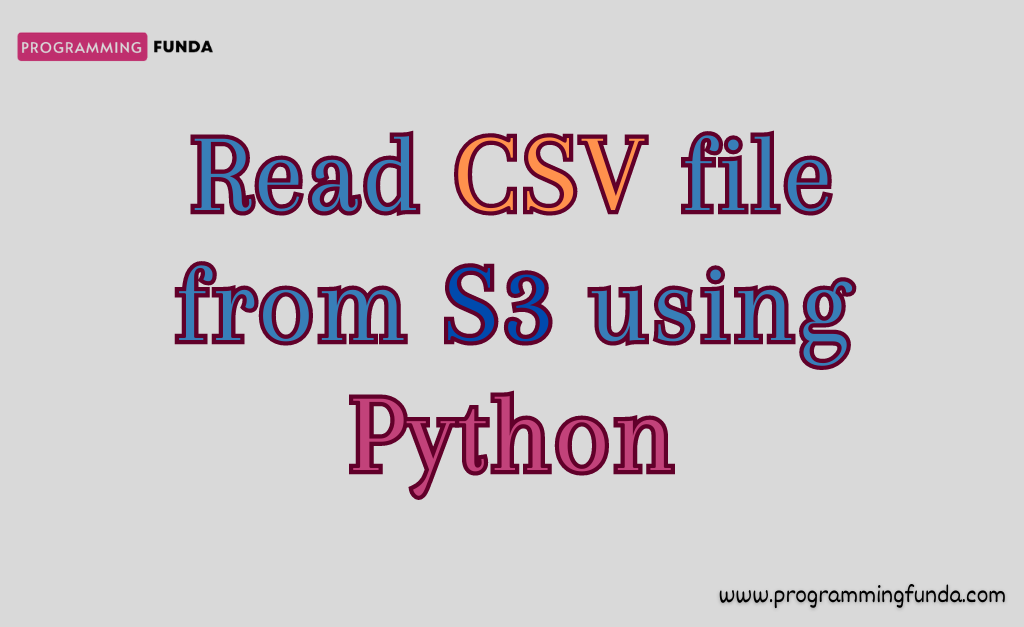

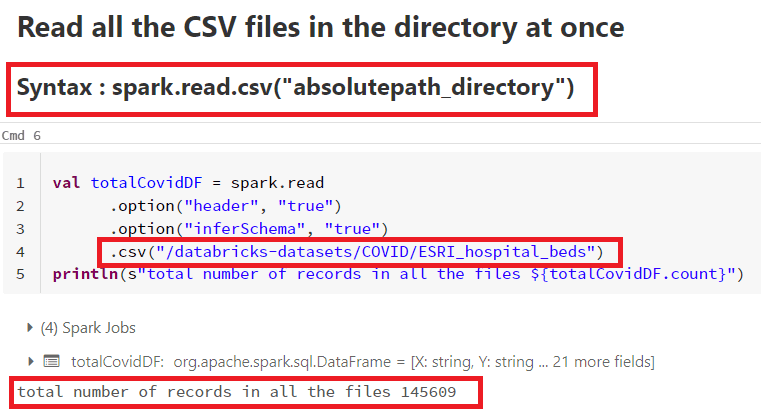
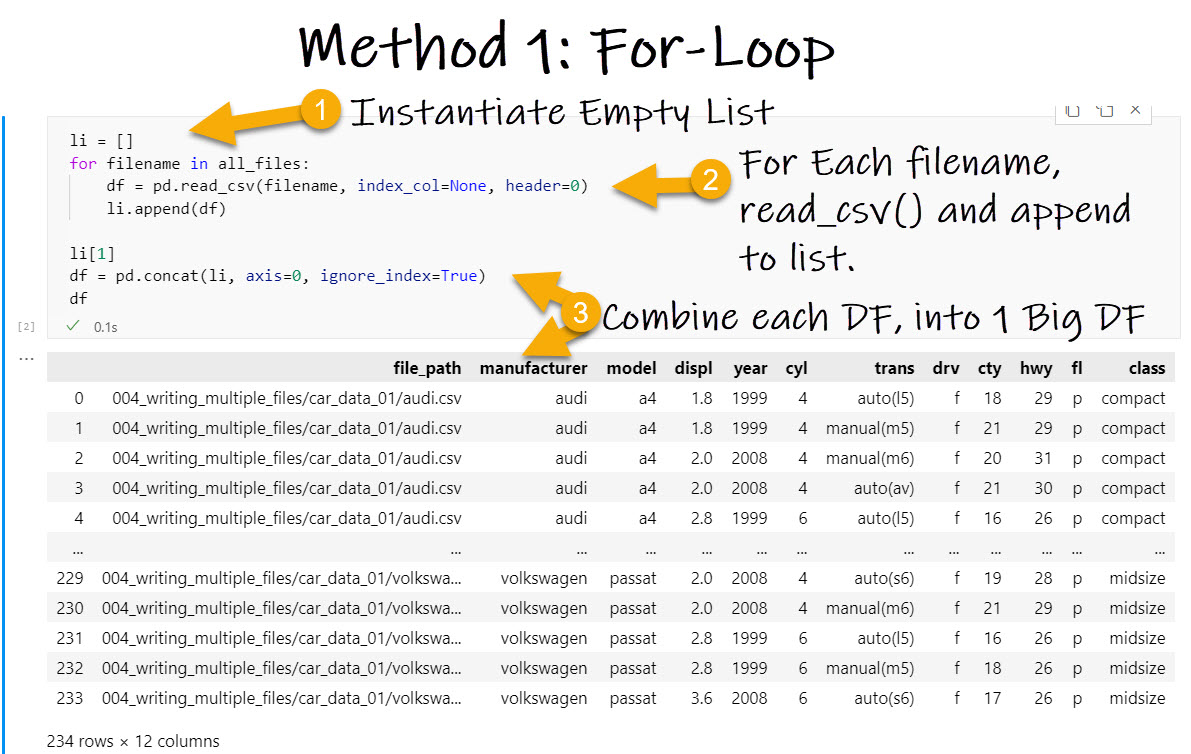


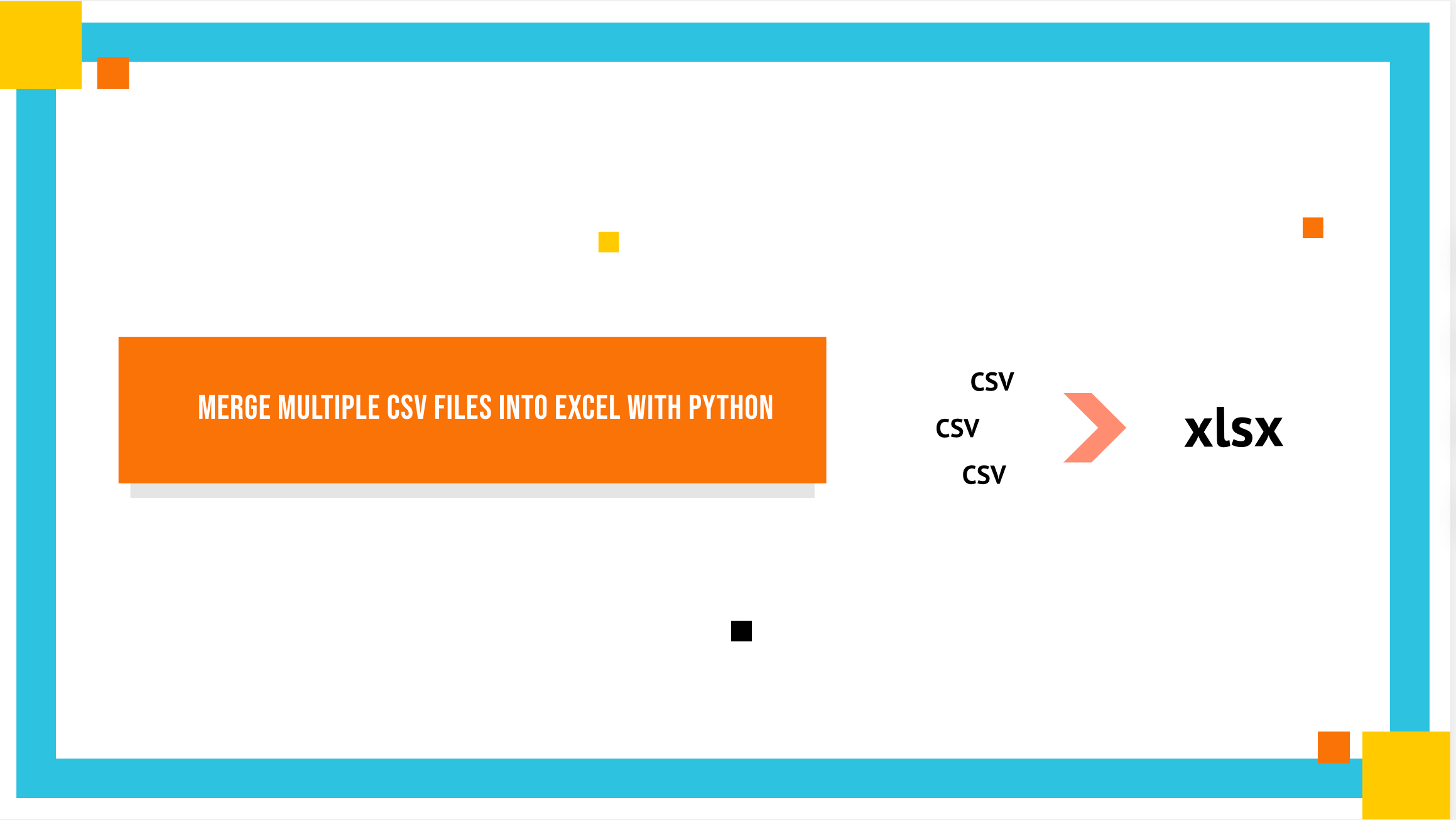
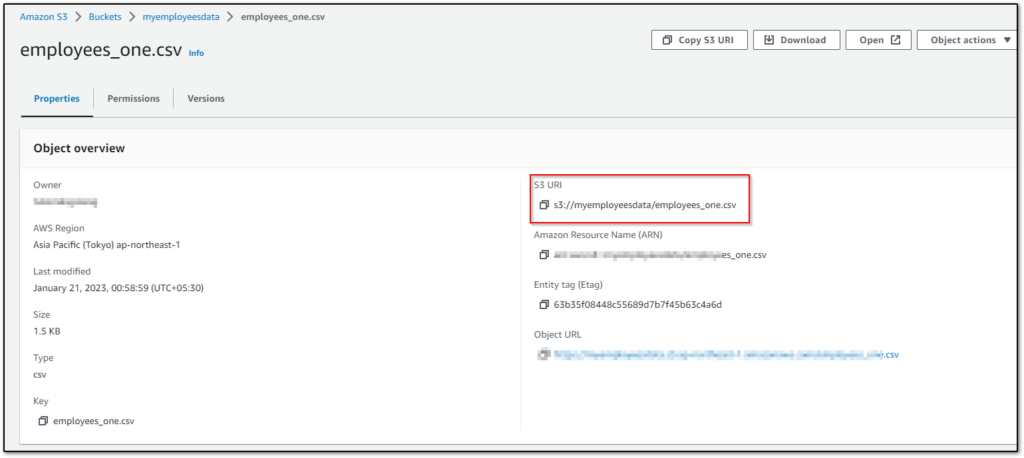





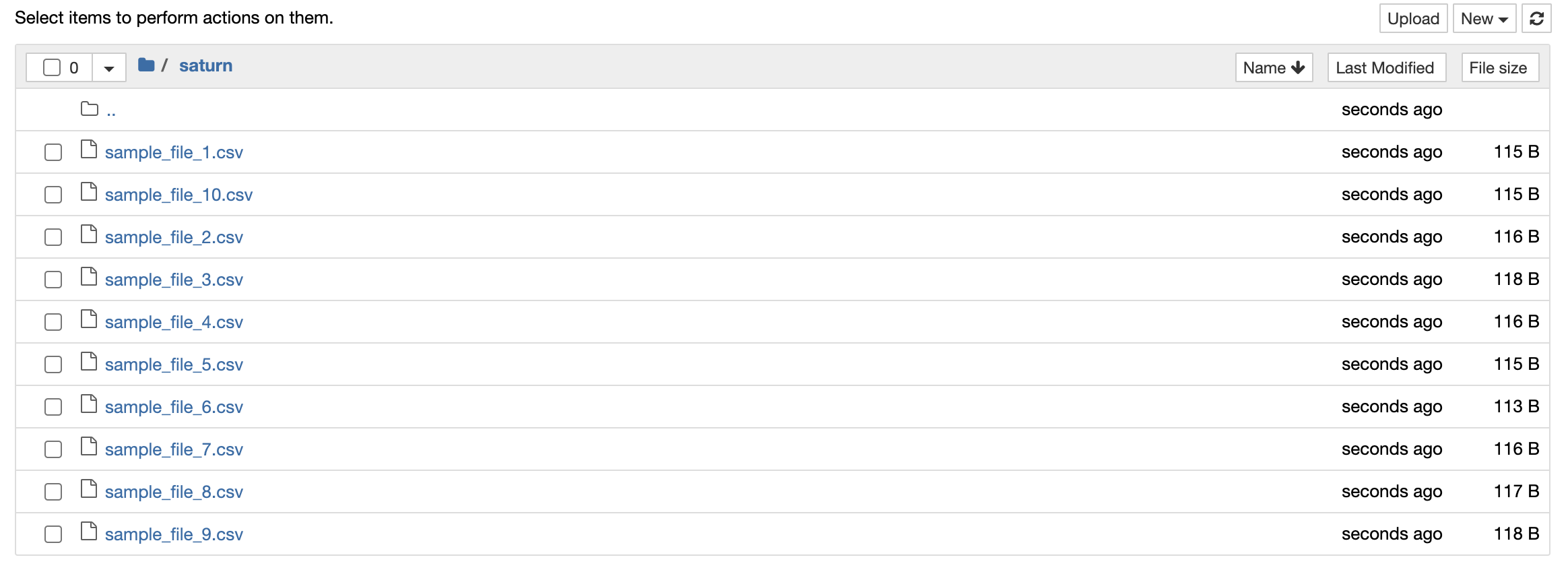


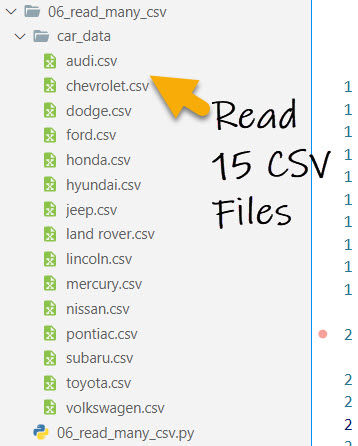


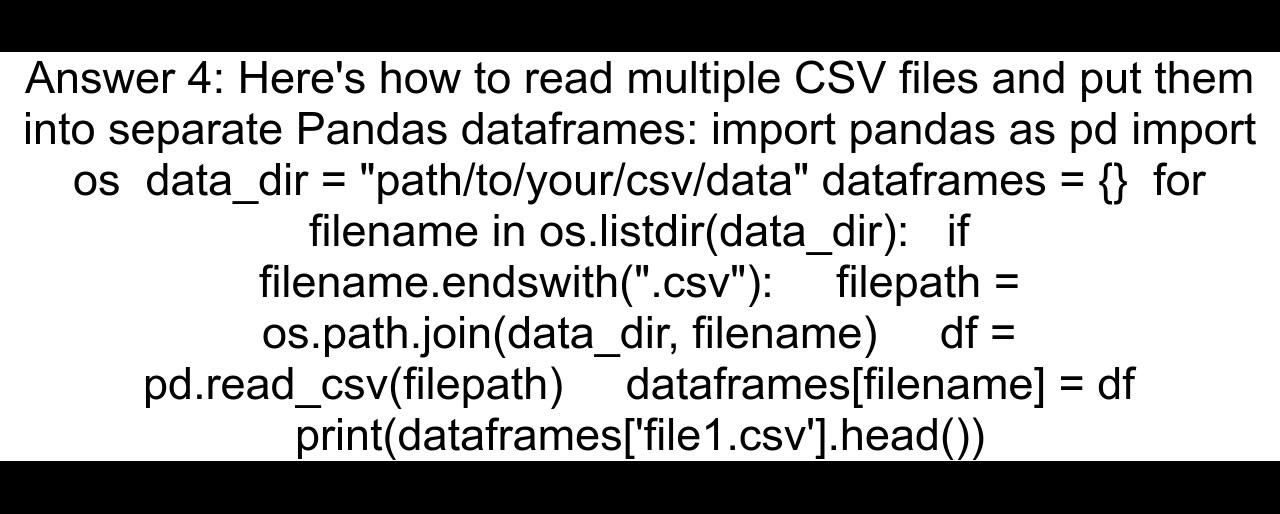
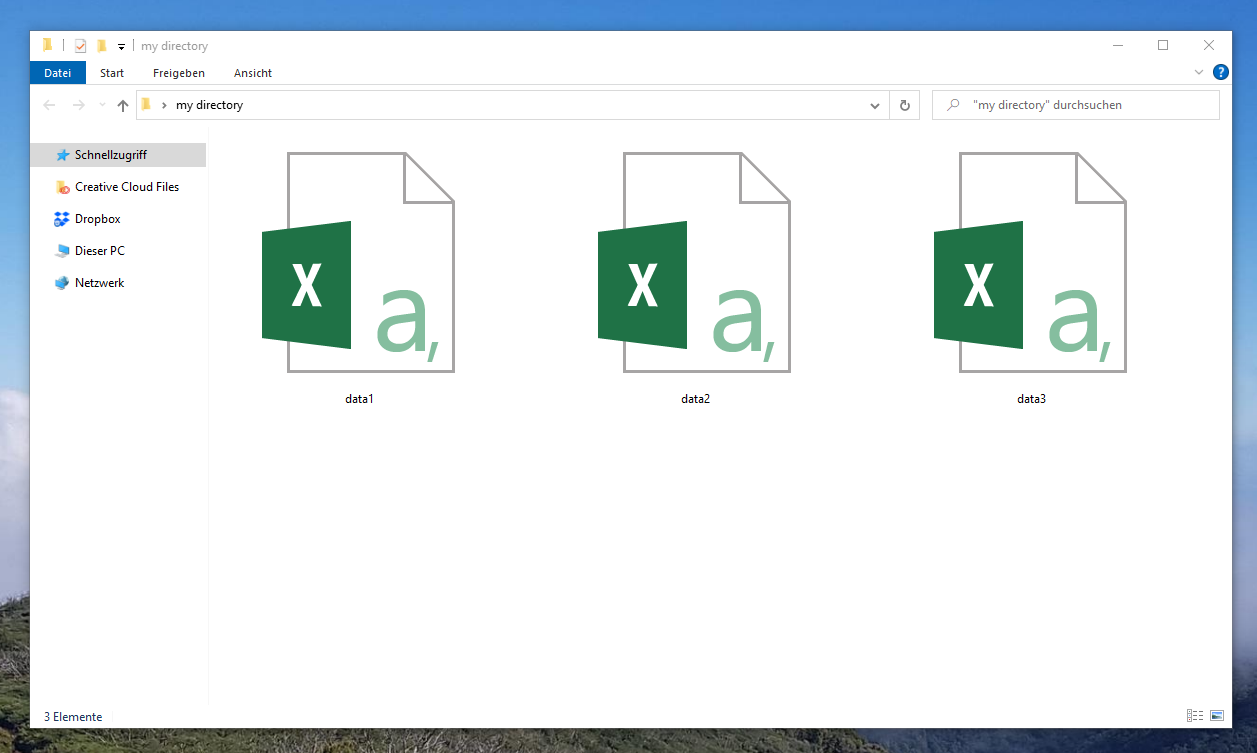
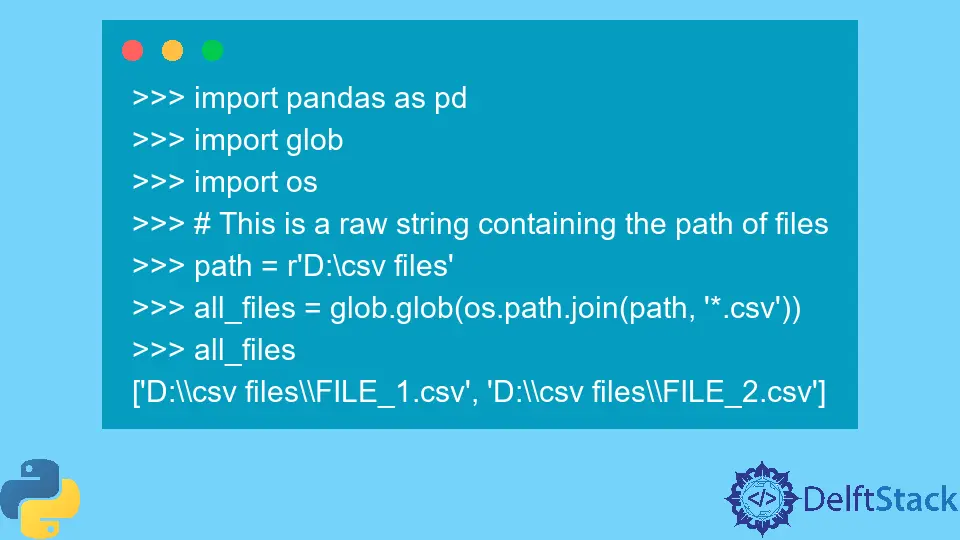

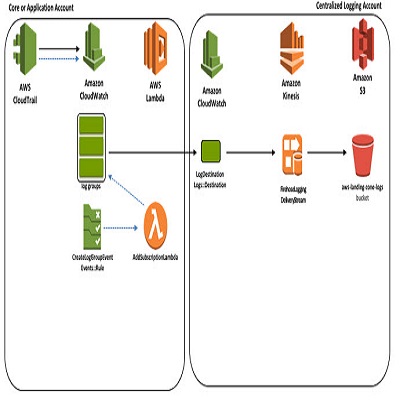



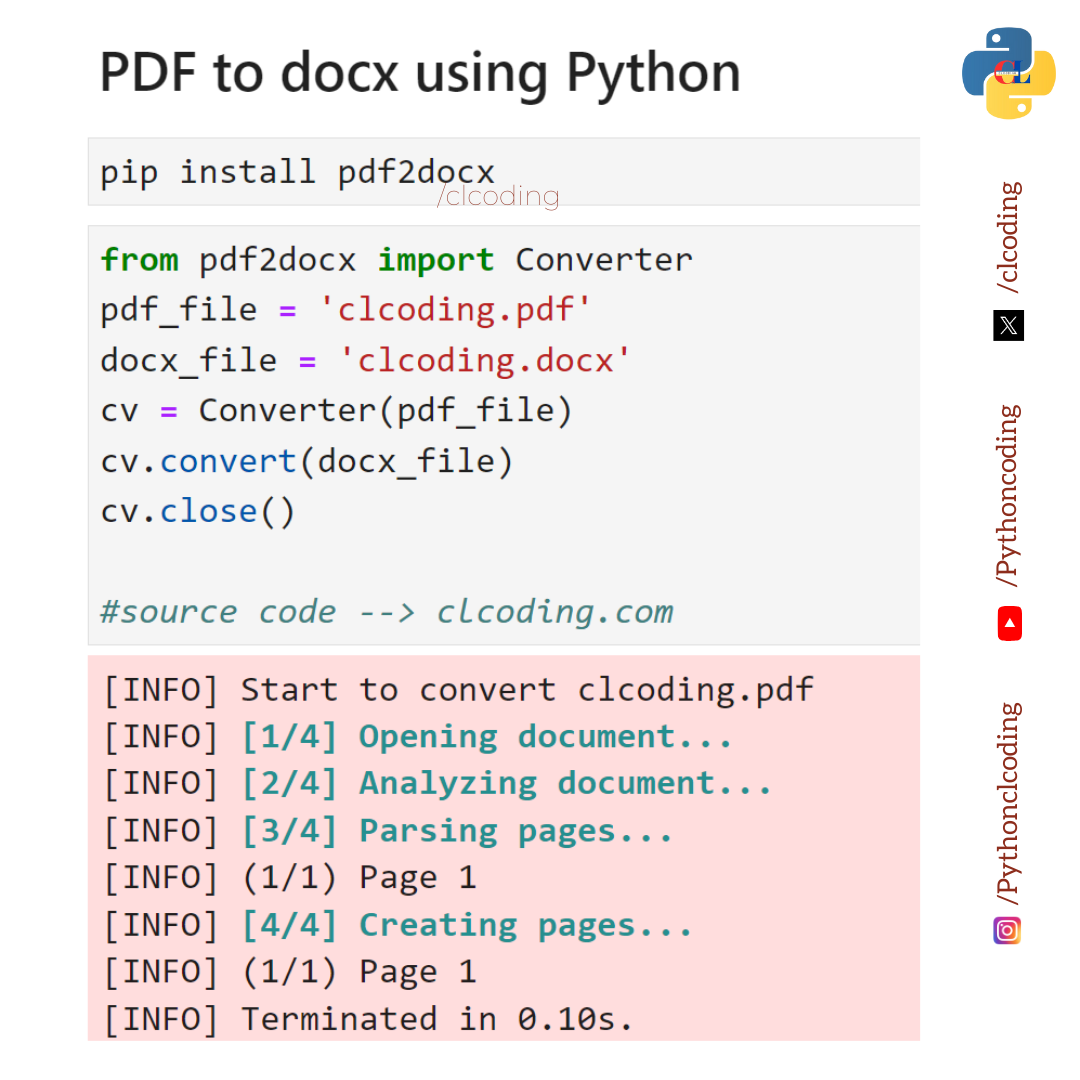

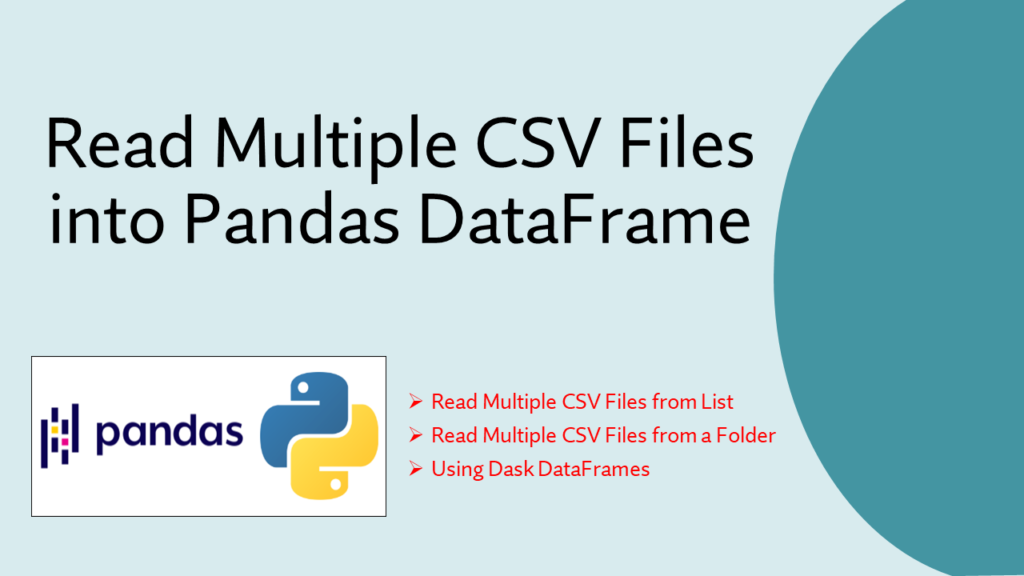

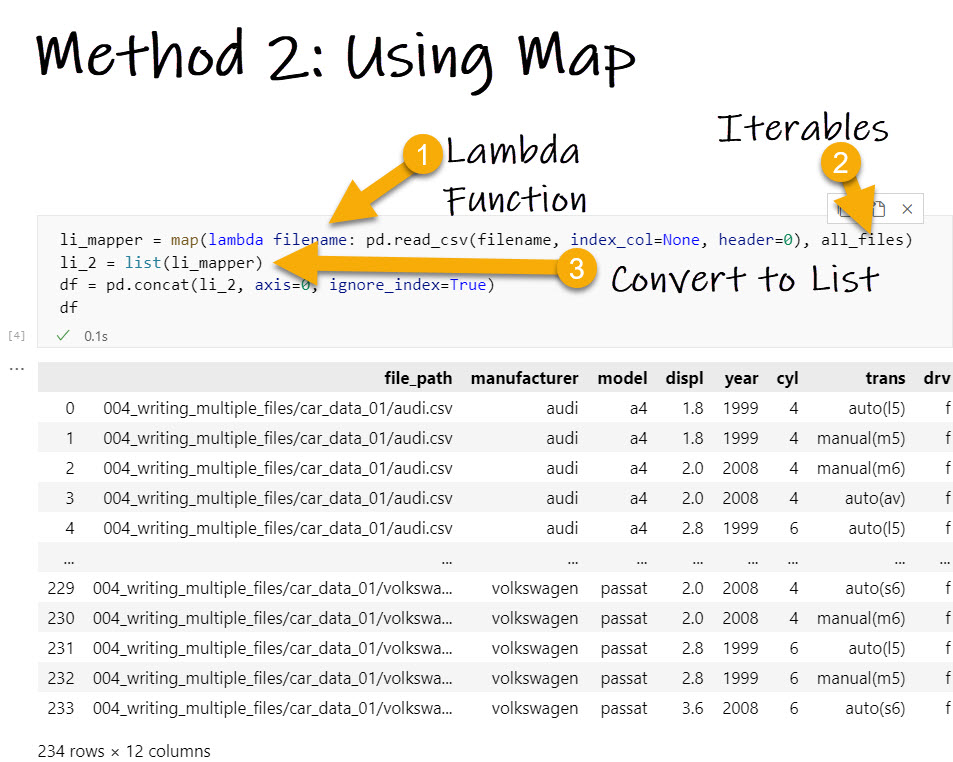

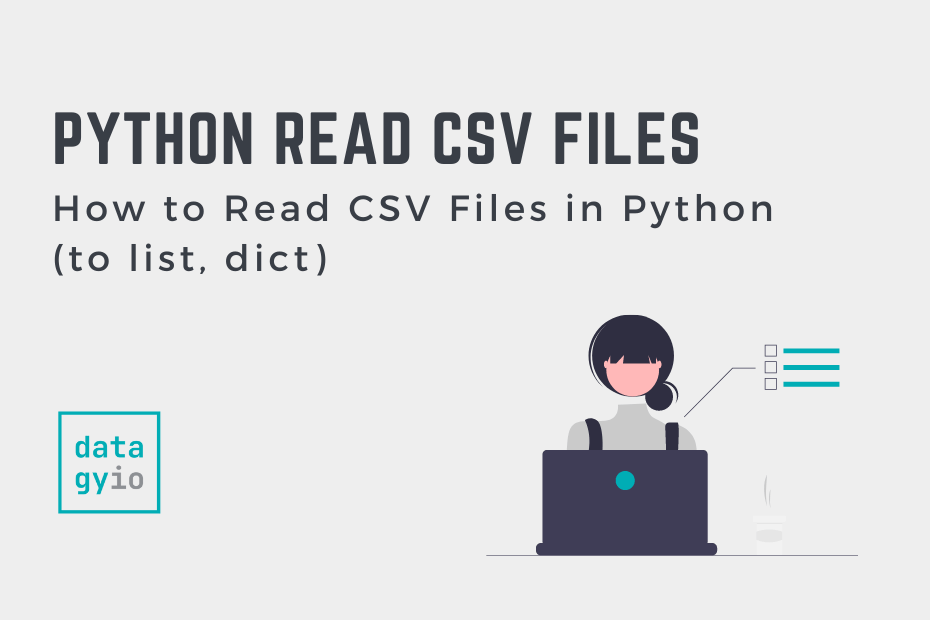
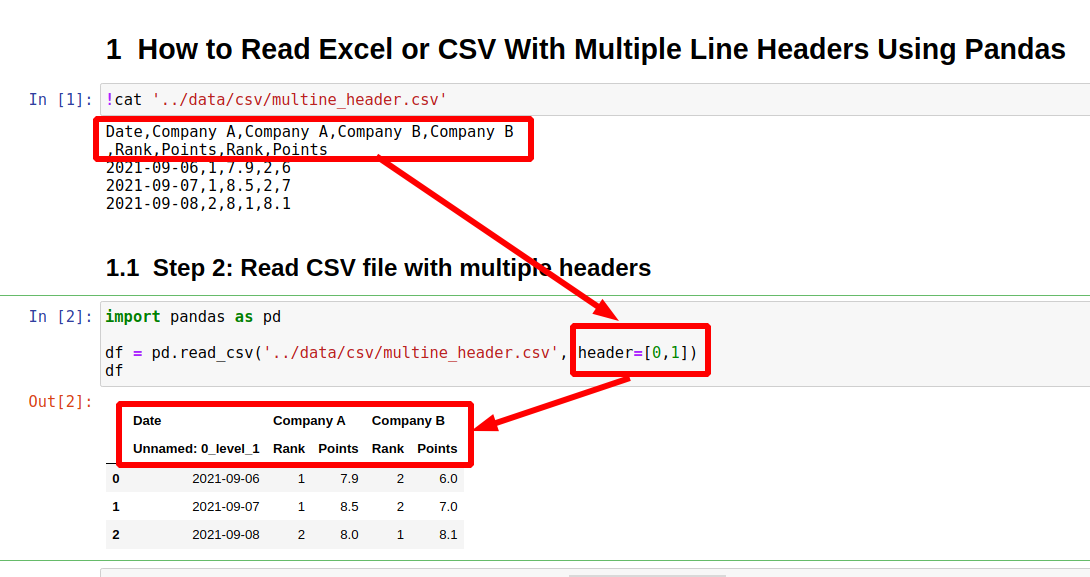






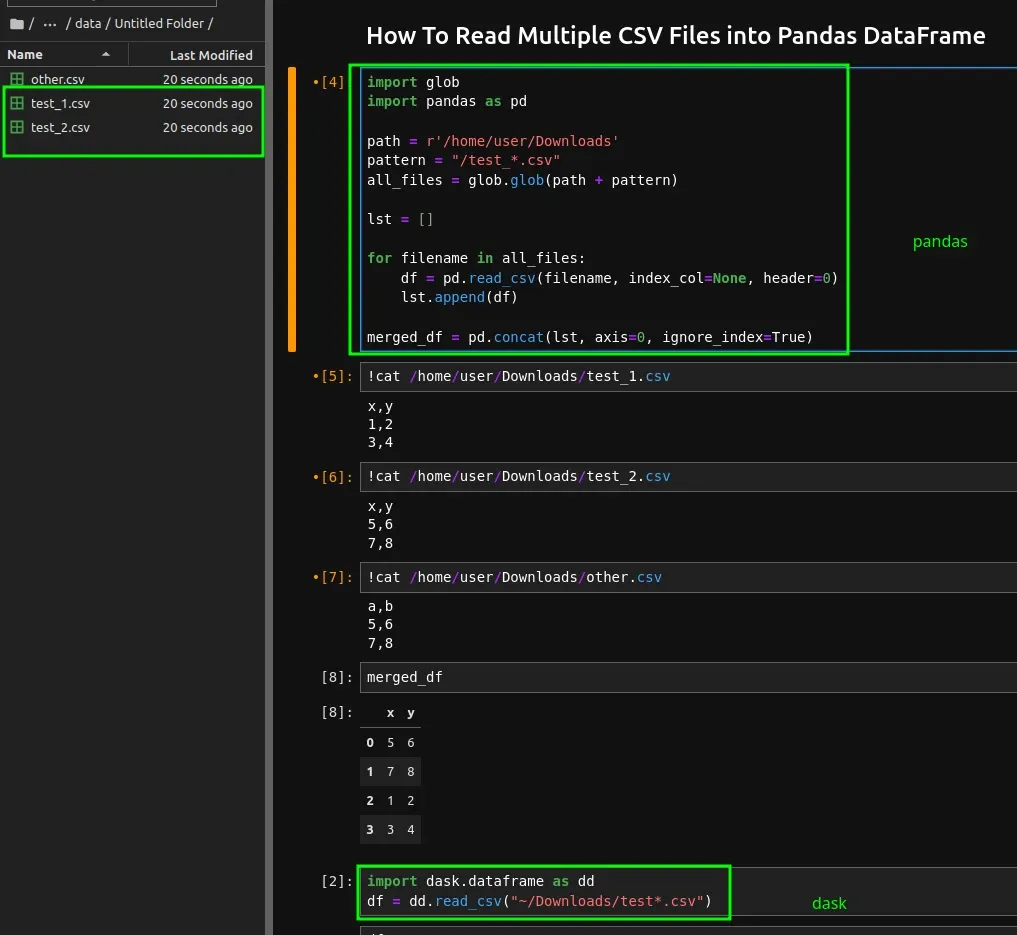
![How to read a CSV file from a URL using Python [4 Ways] | bobbyhadz](https://bobbyhadz.com/images/blog/read-csv-file-from-url-using-python/accessing-specific-csv-columns-after-reading-the-file.webp)
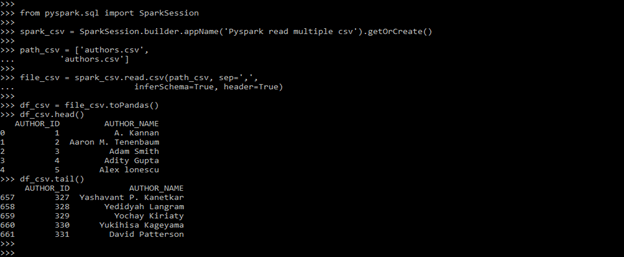
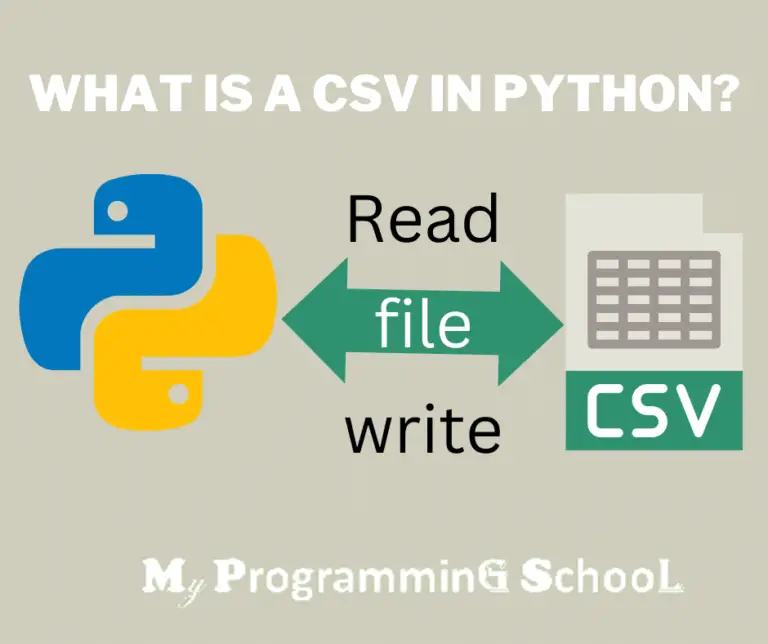



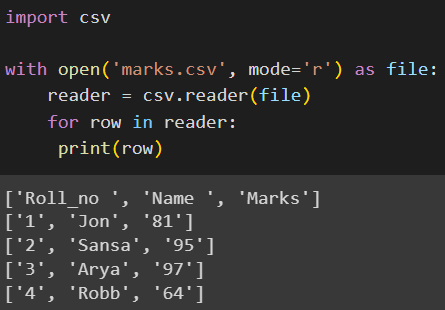


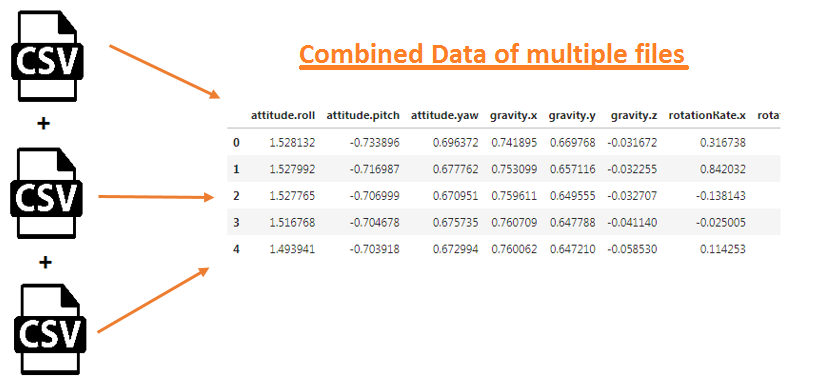
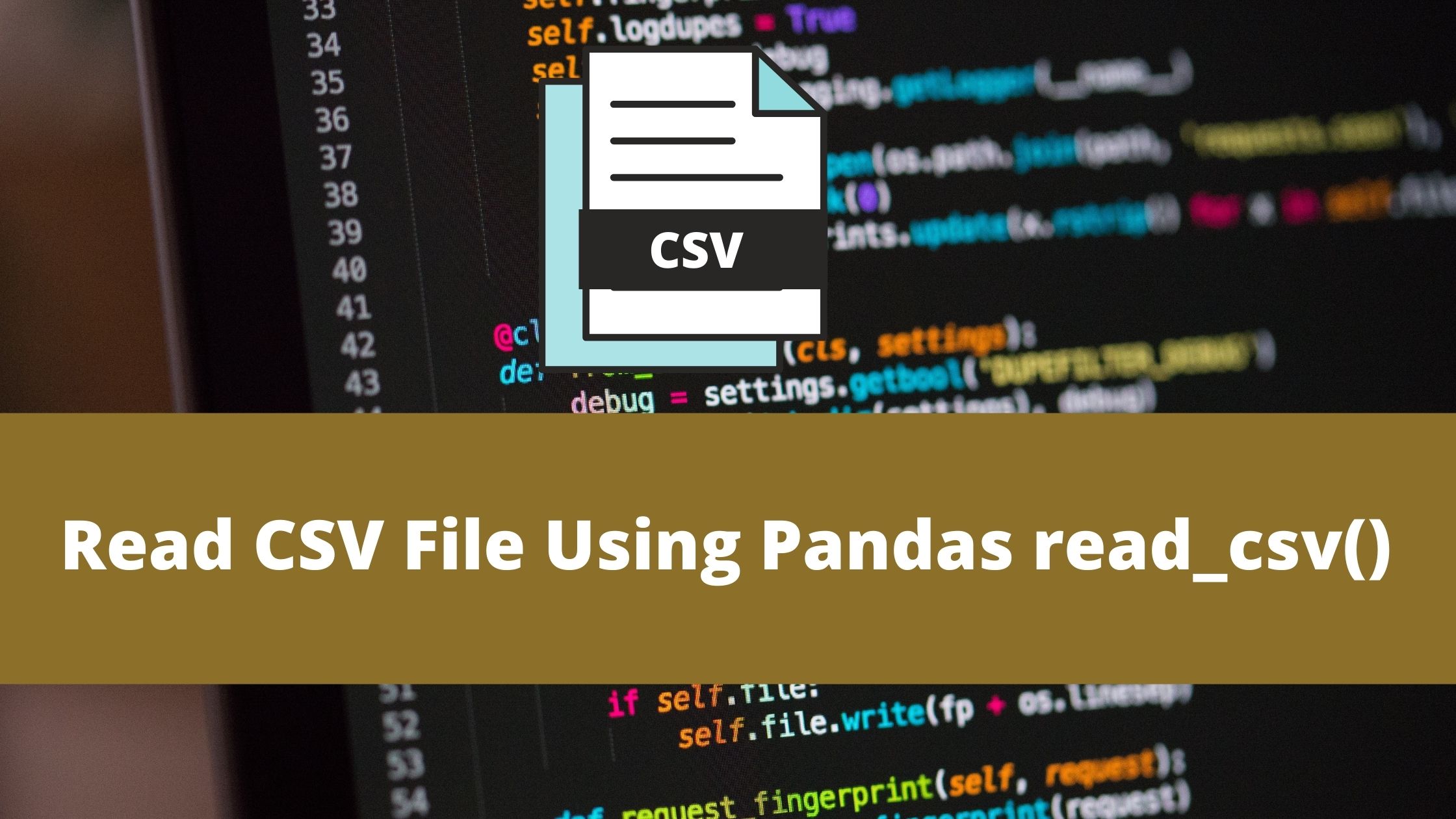

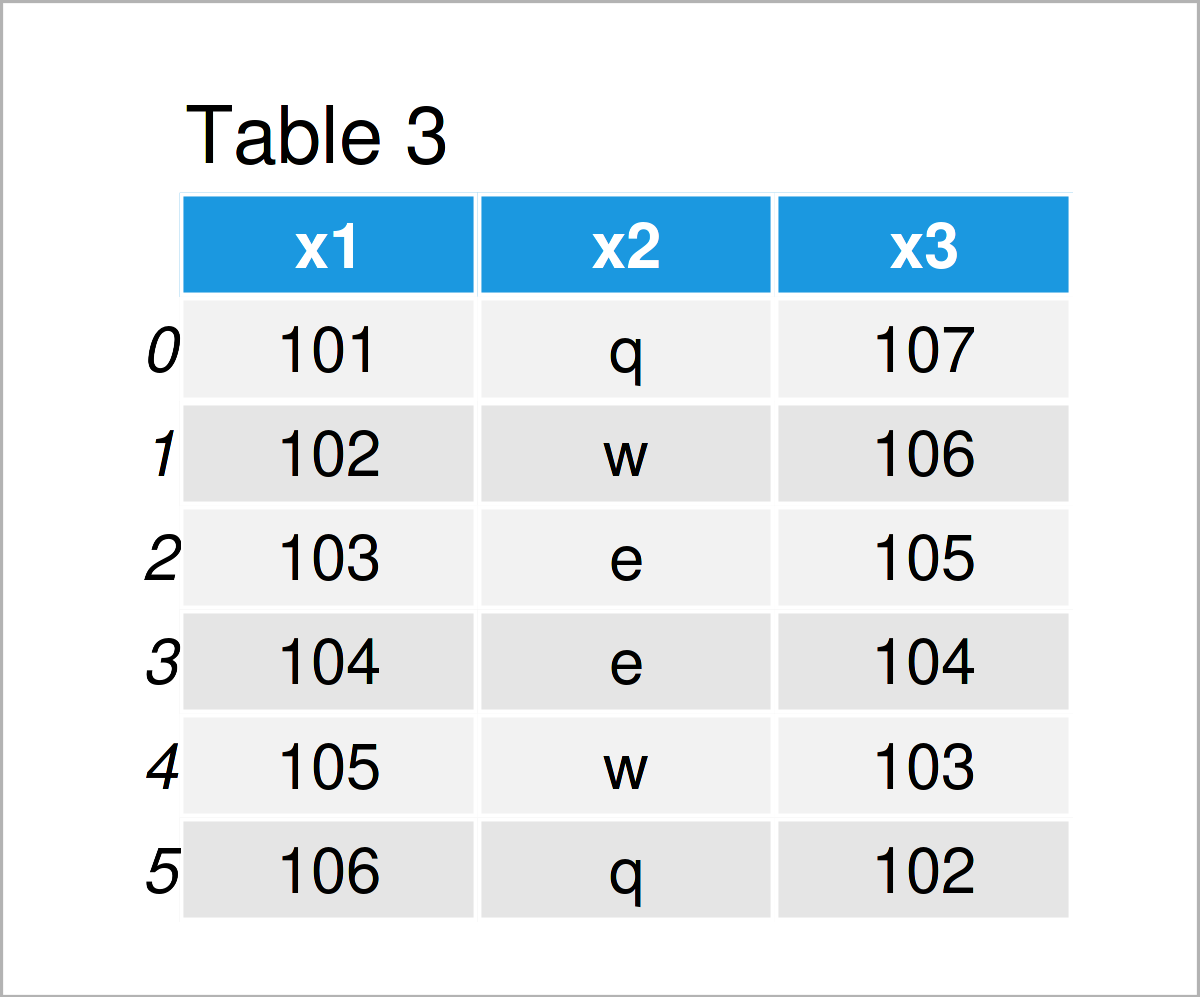
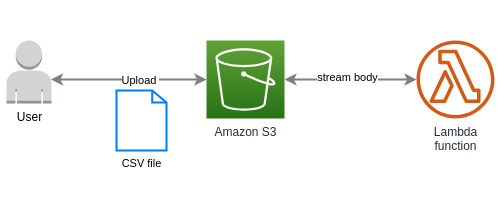
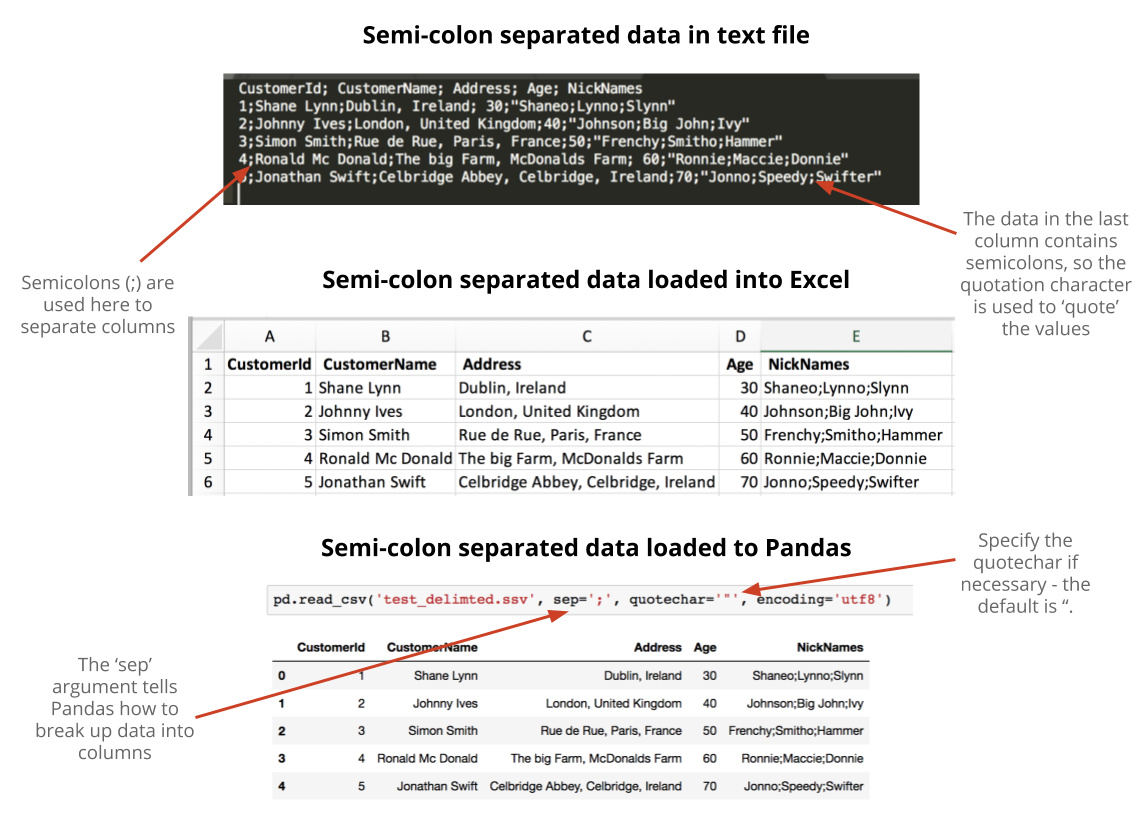




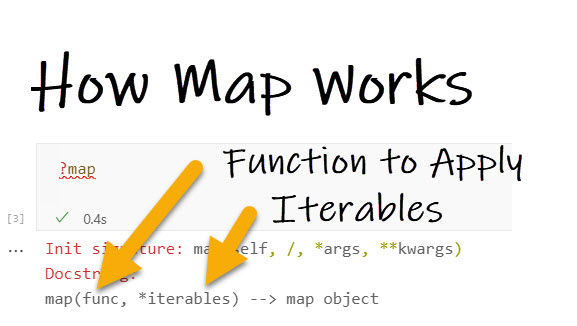




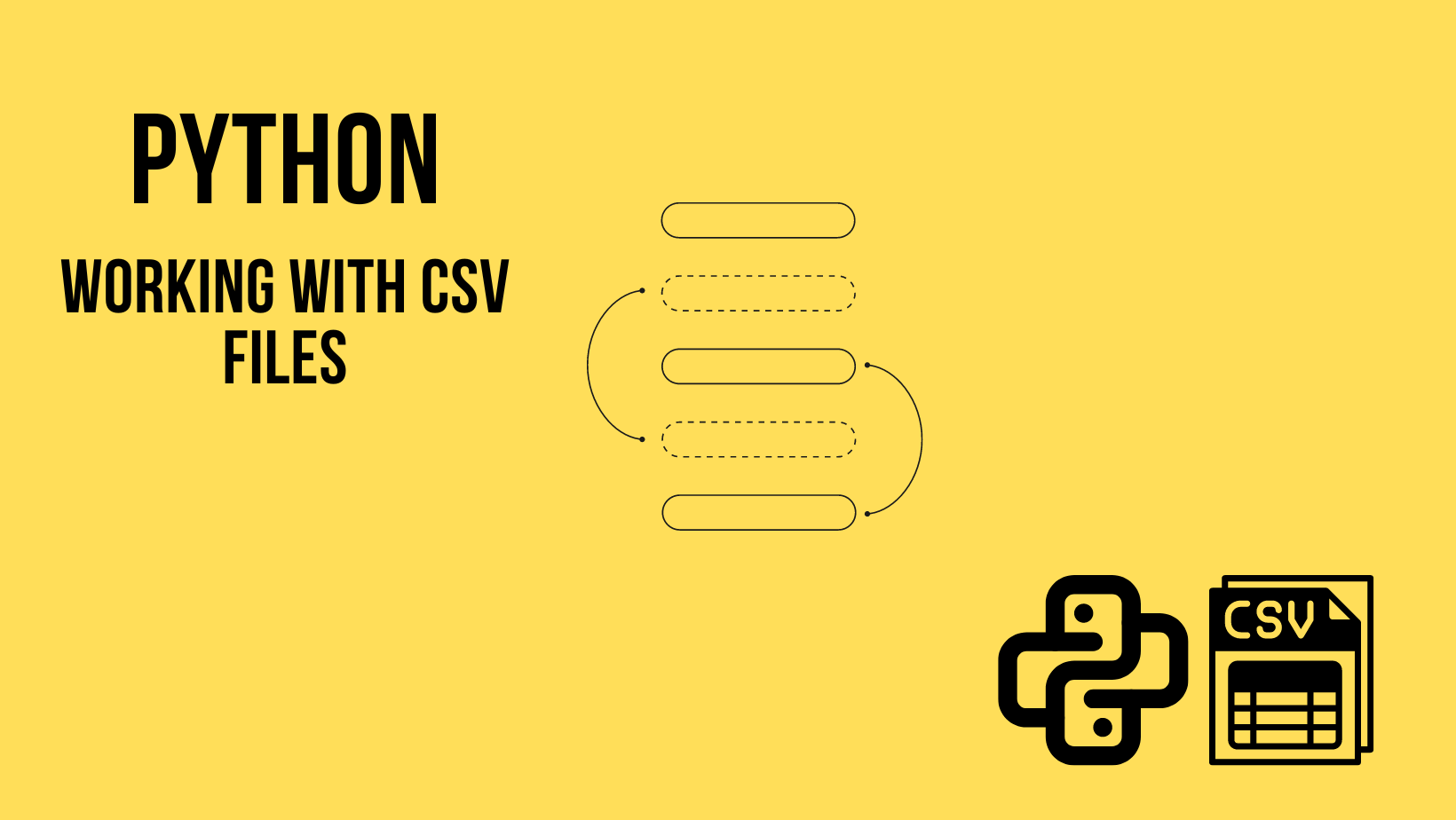



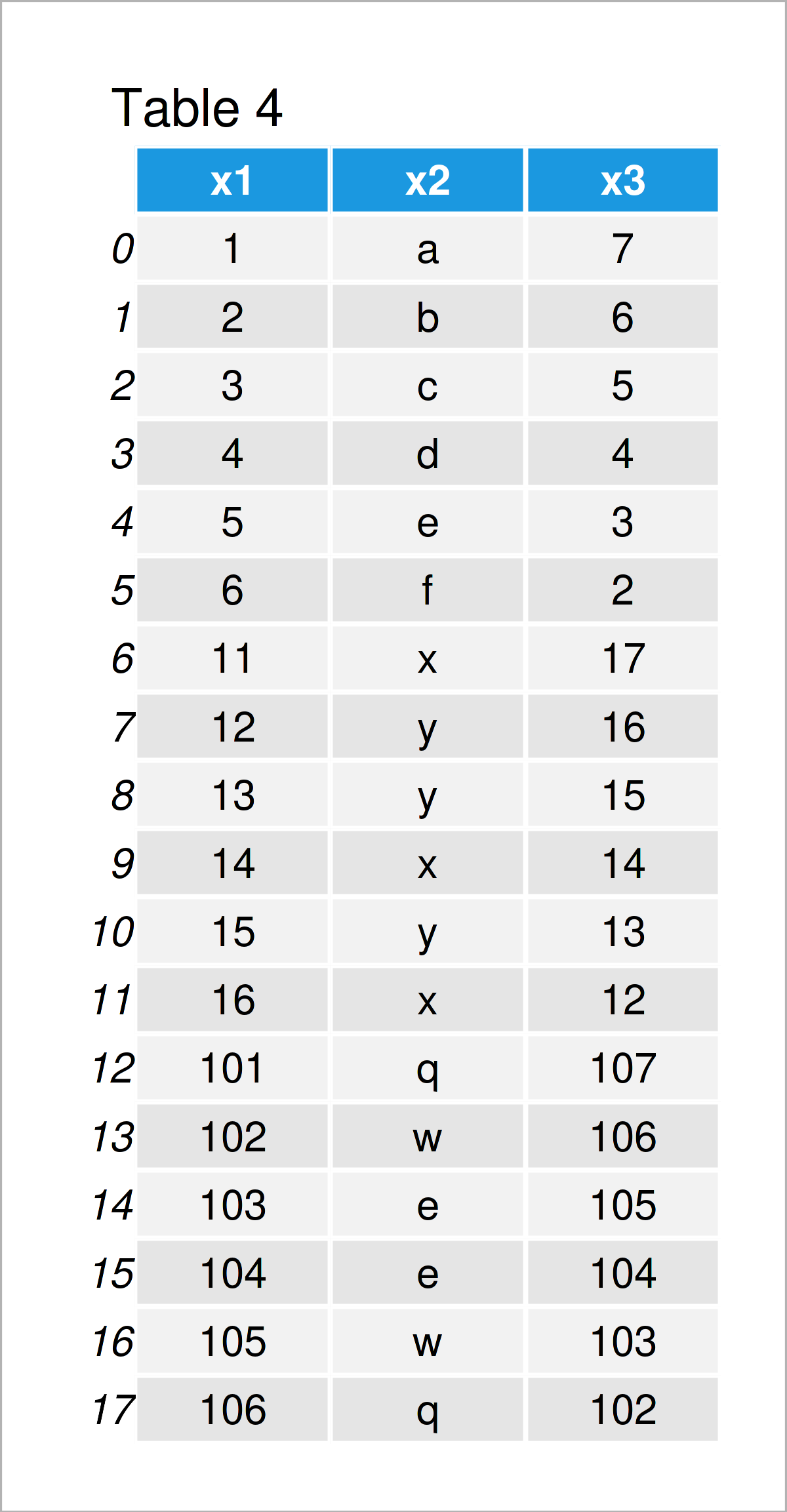




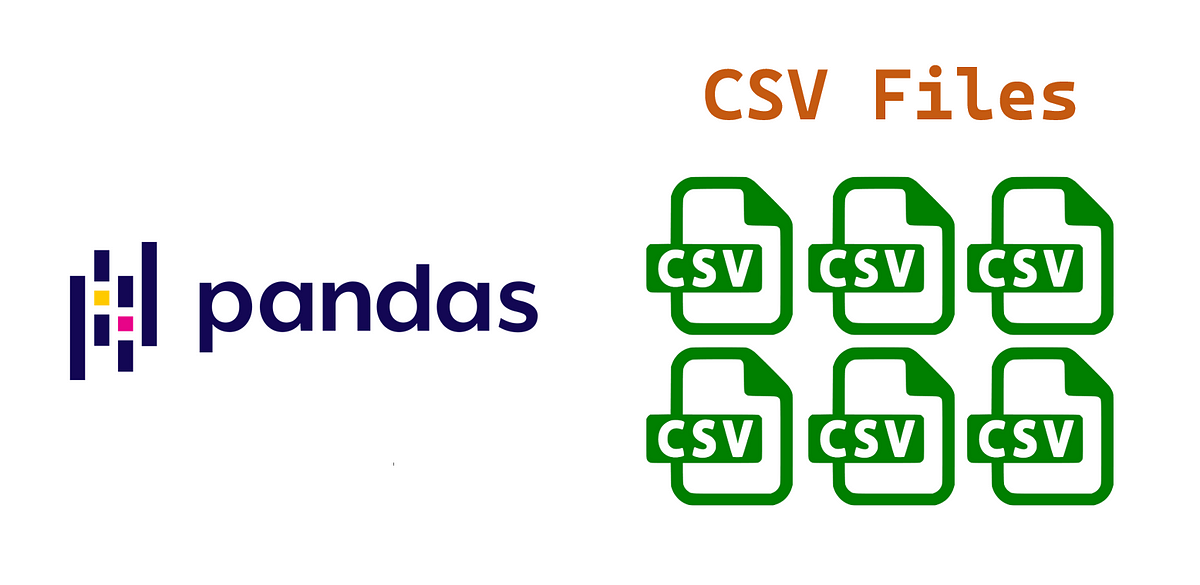
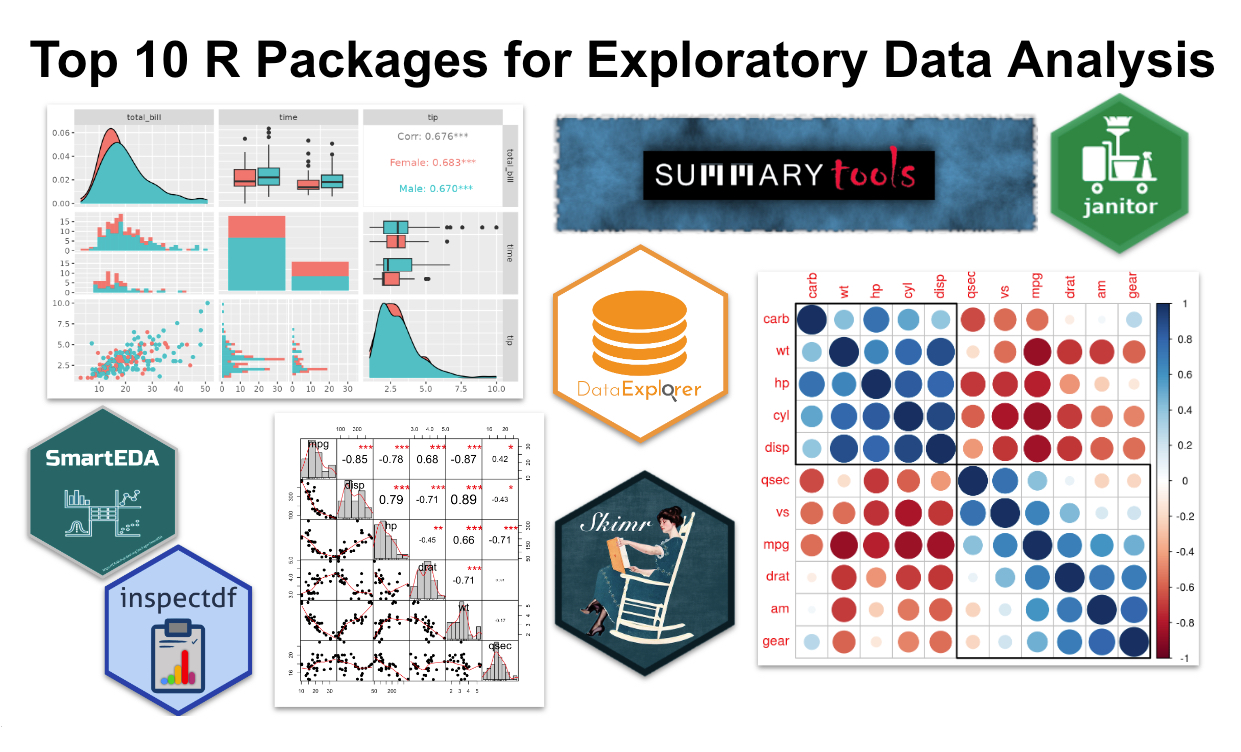
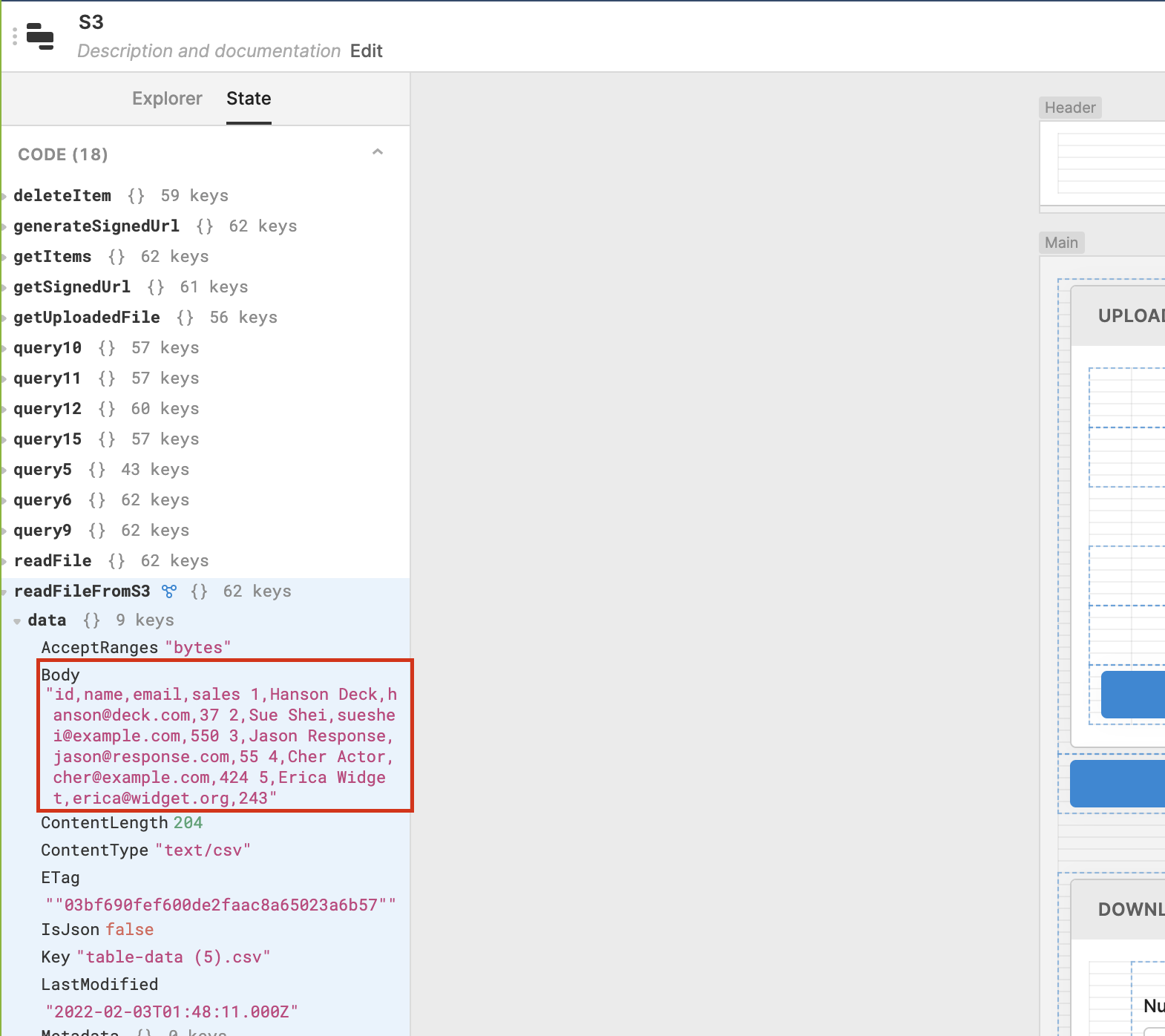

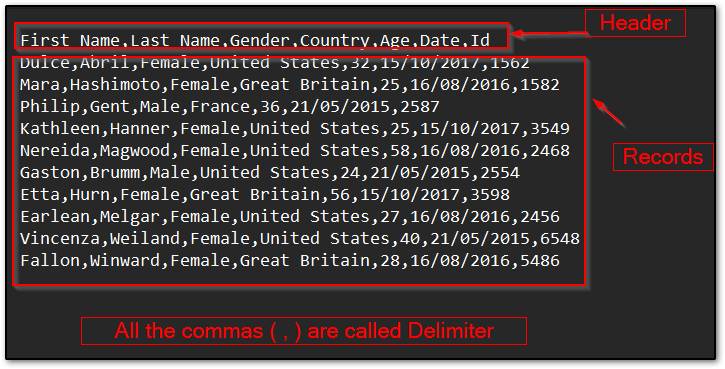

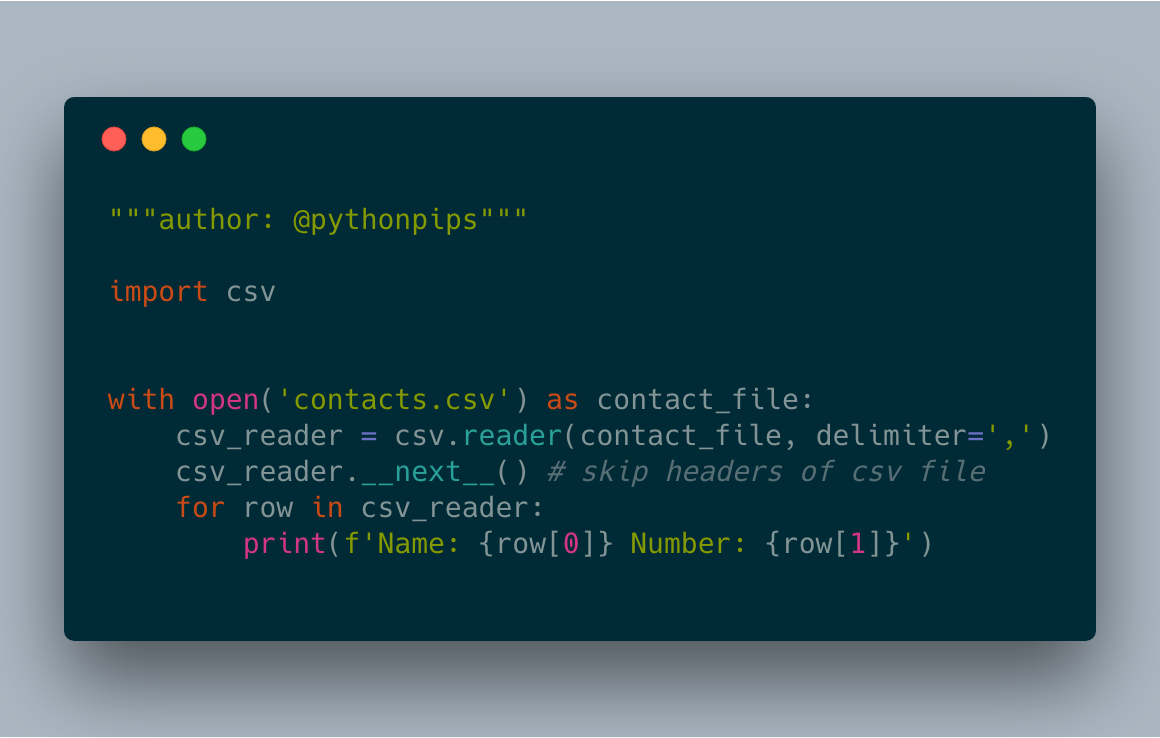

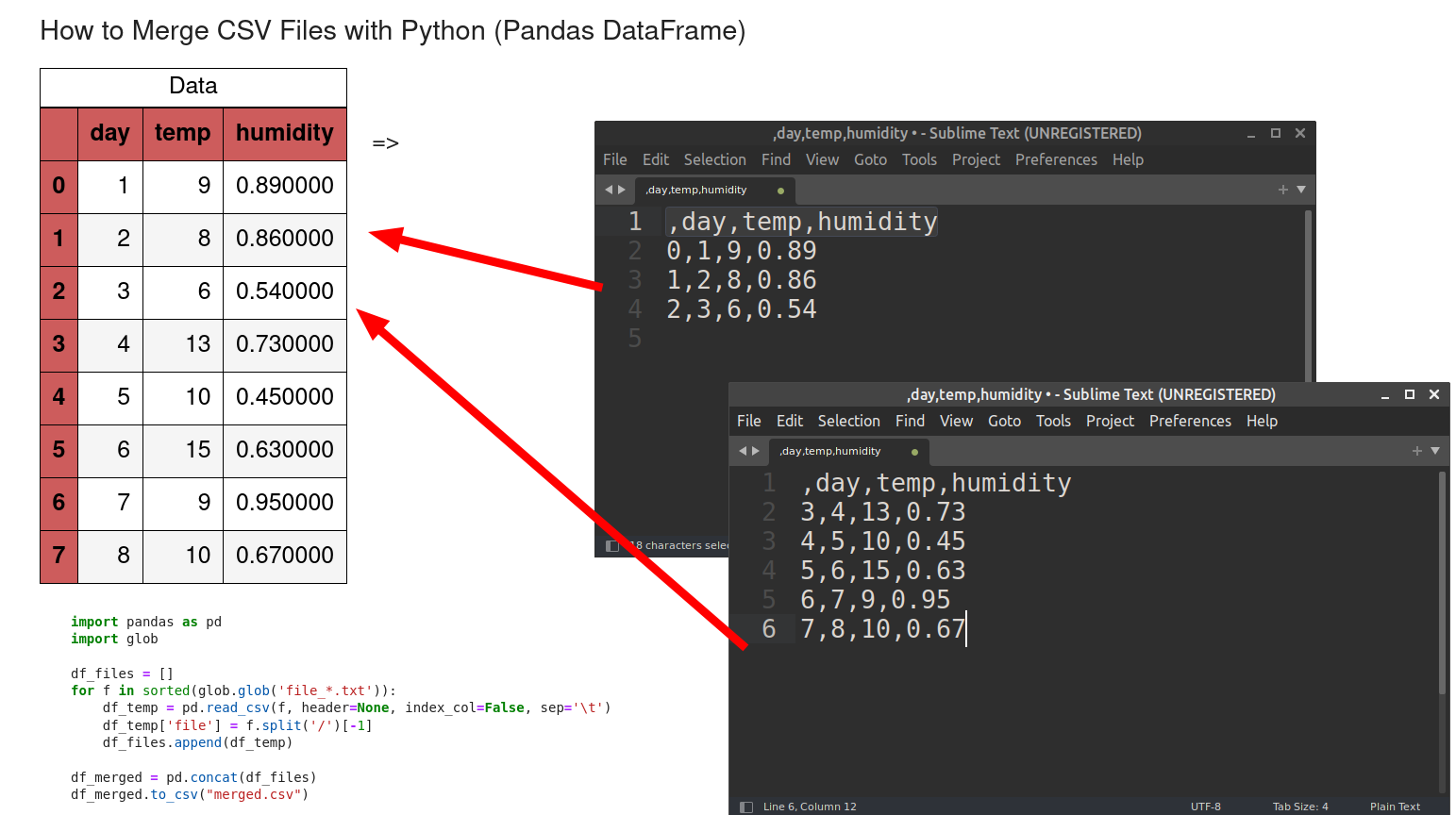

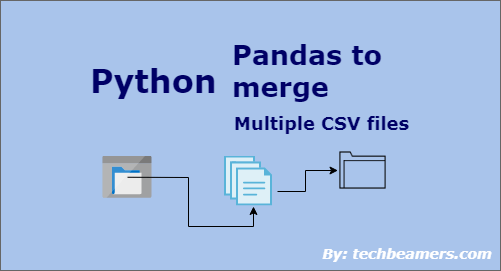










![Merge Multiple CSV Files in Python [2 Ways] - Java2Blog](https://java2blog.com/wp-content/webpc-passthru.php?src=https://java2blog.com/wp-content/uploads/2023/02/merge-multiple-csv-files-python.jpg&nocache=1)



